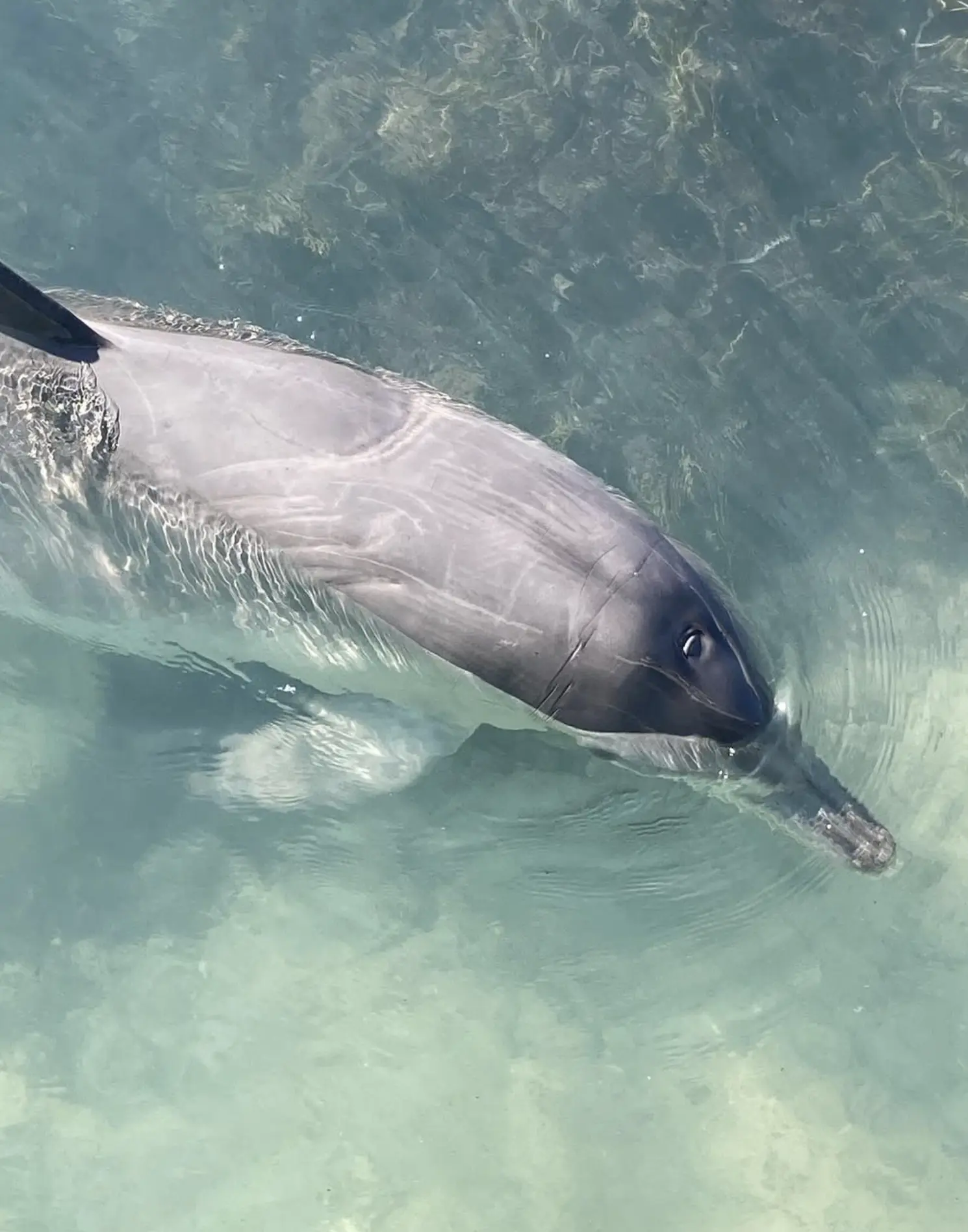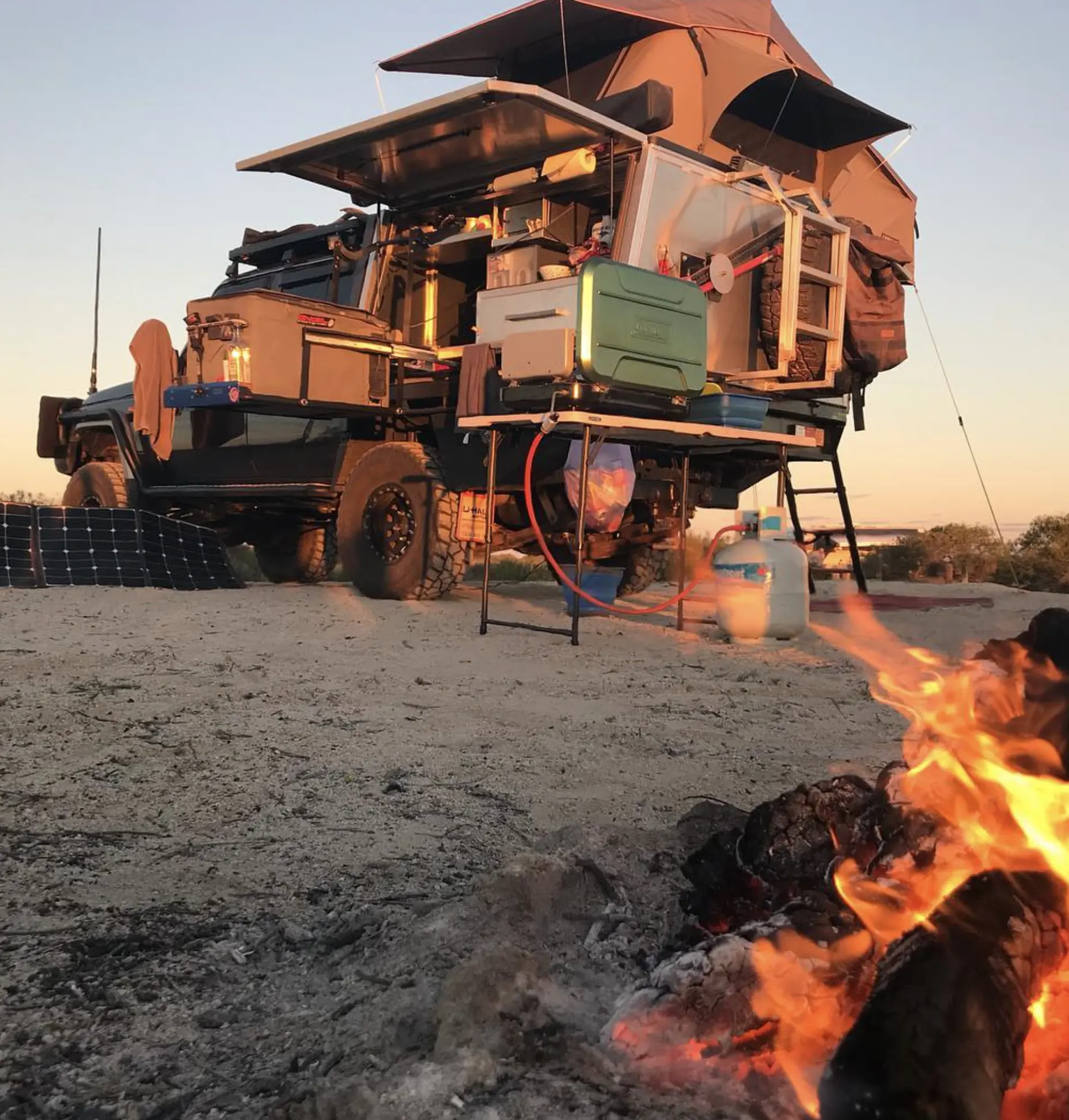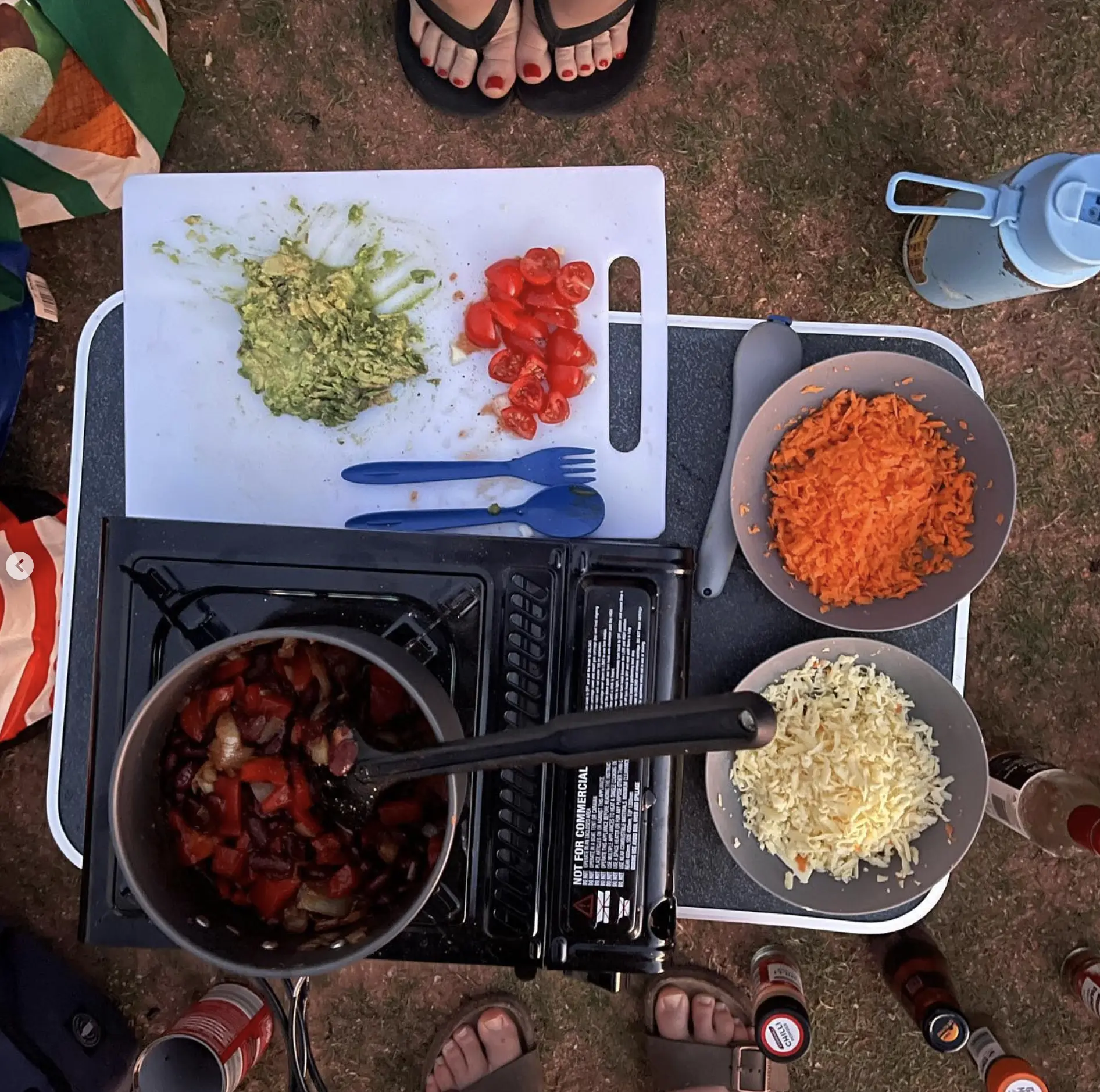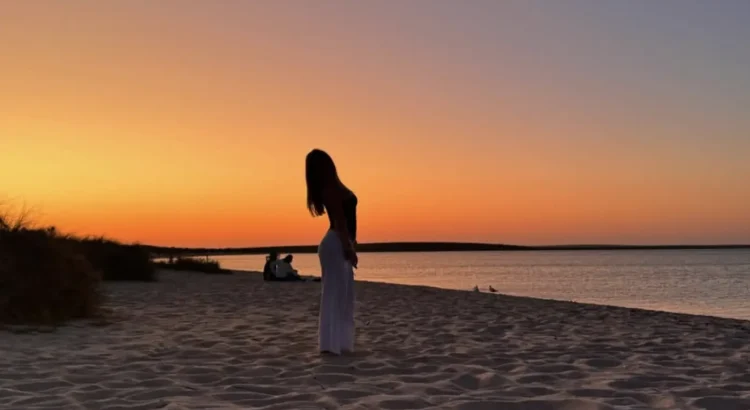Dirk Hartog Island, an island off the coast of Western Australia, is a treasure trove of untouched wilderness, wildlife and history. The largest island in Western Australia and a UNESCO World Heritage Site, it’s a must see for adventure seekers, nature lovers and history enthusiasts. From pristine beaches and cliffs to shipwrecks and unique flora and fauna, Dirk Hartog Island is an experience like no other that gets you up close and personal with nature’s wildness.
History
The island is named after Dutch explorer Dirk Hartog who landed on the island in 1616. His visit was the first recorded European contact with Western Australia. Hartog’s pewter plate, left as a marker of his landing, is one of Australia’s most important historical artefacts. This European landing is a significant event in Australian history, Hartog’s visit marked the beginning of European maritime exploration along the Australian coast.
Over the centuries the island was a site of maritime exploration and shipwrecks including the infamous wreck of the “Zuytdorp”. Its historical legacy is an important part of Australia’s early European history. Today you can learn about the island’s past through Monkey Mia Tours and interpretive displays including the Cape Inscription, a site of great historical significance.

Getting to
Dirk Hartog Island is within the Shark Bay World Heritage Area. You can get to the island by boat, plane or 4WD. Most visitors arrive by barge from Steep Point, the westernmost point of mainland Australia. Alternatively you can fly in from Denham and land on the island’s airstrip and get a bird’s eye view of the coastline. Visitors from the nearby town of Monkey Mia often start their island adventure from here.
If self driving, a 4WD is required to get around the island. Please be prepared for 4WD conditions as roads are unsealed and rough. Access & Safety precautions apply as some 4WD tracks lead to cliff edges and hazardous coastline.
Accommodation Options
Dirk Hartog Island suits all types of traveller, from those looking for a luxurious escape to those chasing a rugged camping adventure.
- Eco Lodge: The Dirk Hartog Island Eco Lodge offers a comfortable and sustainable stay for those who want modern amenities in a remote location. With ocean views and cosy communal areas, it’s perfect for those who want a little luxury. The lodge supports island protection and conservation projects.
- Camping: For the adventurous, you can camp along the coast. Campsites are scattered around the island and camping here is a real back to nature experience. Bring your own camping gear and supplies as amenities are minimal.
- Homestead Stay: You can also stay at the Dirk Hartog Island Homestead, a rustic accommodation that’s a great base for exploring the island. Family camping trips are common, beachside camping has stunning views of the island’s natural beauty.

Wildlife
Dirk Hartog Island is a wildlife lover’s paradise. It’s a conservation hub, a sanctuary for endangered species that have been reintroduced to the island as part of the “Return to 1616” ecological restoration project.
- Marine Life: The waters around the island are alive with marine life. See dolphins, dugongs, humpback whales and many fish species. Snorkelling and diving is the best way to get up close to this underwater world. Turtle Bay is a great spot to see green turtles and loggerhead turtles.
- Birdwatching: Bird enthusiasts can see rare species such as the Dirk Hartog Island rufous fieldwren and white-winged fairy-wrens. Bring binoculars to catch a glimpse of these elusive birds. The nearby Freycinet Island Important Bird Area is a critical habitat for many bird species.
- Land Animals: The “Return to 1616” project is reintroducing native species that once lived on the island. So you may see bandicoots, hare-wallabies and other small marsupials roaming the land. Feral animals are being eradicated and the island is being restored to its natural state.
Outdoor Activities
Dirk Hartog Island is an outdoor lovers paradise with activities for all ages and adventure levels.
- Fishing: The island is famous for its world class fishing. Catch snapper, mackerel and trevally. Fishing tours available for those who want expert guidance. Great beach fishing at Surf Point and Notch Point.
- 4WD Adventure: Exploring the island in a 4WD is a must do. Bumpy tracks to dramatic views and hidden beaches. Make sure your vehicle is equipped with safety gear as conditions can be tough.
- Snorkeling & Diving: The island’s coral reefs and caves are perfect for snorkeling and diving. Clear waters mean you can see everything beneath the surface.
- Kayaking & Paddleboarding: Calm bays and lagoons are great for kayaking and paddleboarding. Paddle across the water and take in the views of the coastline.
- Whale Watching: June to October see the annual migration of humpback whales along the coast. Viewing platforms to spot these gentle giants.

Best Time to Visit
Best time to visit Dirk Hartog Island is during the dry season (April to October). Mild temperatures and wildlife is at its best. Wet season (November to March) can bring heavy rain and high humidity and access to the island can be tough.
Whale watching is most popular between June and October, September and October see wildflowers blooming across the island.
Conservation and Sustainability
Dirk Hartog Island is at the forefront of conservation. The “Return to 1616” project is restoring the island back to its natural state, with the goal of eradicating feral animals and reintroducing native wildlife. Conservation tours available to see the island’s ecological restoration and sustainability efforts.
Travel Tips for Visiting
- Book Now: Book your Eco Lodge or homestead stay to secure your spot.
- Pack Smart: If camping bring water, food and supplies. Visitors should bring at least 20 litres of water per person per day.
- 4WD: If 4WD’ing bring your vehicle is 4WD capable and equipped for off road. Bring recovery gear and a GPS.
- Wildlife Awareness: Respect the wildlife and don’t disturb them. Follow the Leave No Trace principles to protect the island.
- Marine Safety: Be aware of currents and marine conditions if snorkeling, diving or kayaking.

Conclusion
Dirk Hartog Island is a one of a kind destination. From its maritime history and wildlife to its remoteness and adventure, it’s a place that will captivate you. The conservation efforts on the island make it a nature lover and eco-tourist’s paradise where you can see nature in all its glory.
Whether you want a peaceful retreat, a wildlife encounter or an off road adventure Dirk Hartog Island will deliver. As one of Western Australia’s most unique natural wonders it’s a must see destination for anyone looking to see Australia at its best. If you want to experience this amazing place with ease and expertise book an Autopia Tour today.
FAQs
How do I get to ?
By barge from Steep Point, flight from Denham or private boat. The island is remote so some planning is required.
Can I bring my 4WD to Island?
Yes, visitors can bring their 4WD via the barge from Steep Point. A 4WD is required for the unsealed tracks on the island.
What wildlife can I see?
Dolphins, dugongs, whales, bandicoots, rufous fieldwrens and other bird species. The island is a site for ecological conservation projects.
When should I visit ?
April to October is the best time to visit, dry season. Mild temperatures and best wildlife activity.
Are there accommodation options on Dirk Hartog Island?
Yes, Eco Lodge, bush camping sites and Homestead Stay. Book in advance especially during peak season.
